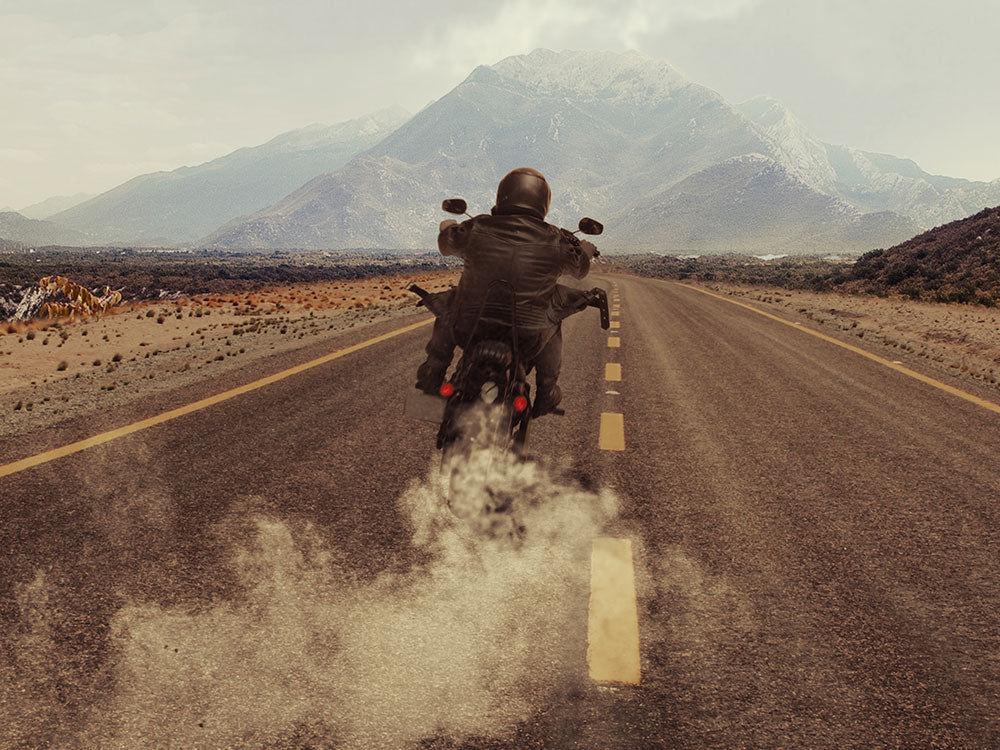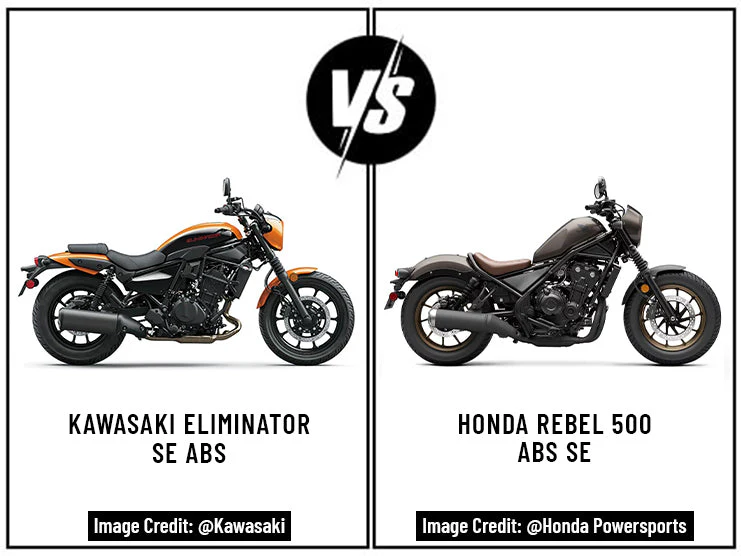Table of Content
Riding a motorcycle in a group is fun and can help increase your knowledge of motorcycles if you speak with experienced riders. However, solo motorcycle riding makes you self-reliant by motivating you to learn more about your motorcycle and how to maintain it. Riding a motorcycle alone is different from riding in a group since you have no one giving you instructions or other riders to provide support if you get into trouble. Meanwhile, in solo riding, you have to make sure to ride safely based on your judgment. Read this article to learn the best safety tips for solo motorcycle riding.
Also Read: Best Motorcycles for Solo Riders in 2023
1. Solo Motorcycle Riding Safety Tips
1.1 Do Not Ride While Impaired
Never ride while impaired. Riding while impaired is a major cause of road accidents. If you think you are under the influence, contact a friend or a family member to come get you.
1.2 Never Ride Without Safety Gear
Wearing safety gear to provide protection and reduce the risk of severe or fatal injuries.
1.3 Inspect Your Motorcycle Before Riding
Besides keeping your motorcycle well-maintained, make sure you inspect your motorcycle every time before you go for a ride. Inspecting your motorcycle will help you identify and fix any issues that could have been an issue during the ride. You must learn basic maintenance skills, including checking fluid levels, tire pressure, brakes, starting issues, and engine problems. You must be able to diagnose problems to take it to a mechanic if necessary.
Also Read: Benefits of Solo Motorcycle Riding
1.4 Increase Visibility
Even if you ride safely and wear safety gear, there is still a risk of reckless or inattentive riders and drivers on the road. Motorcycles are smaller than cars and harder for drivers to spot, especially when it is dark. Wear bright-colored riding gear and a reflective vest at night. Check your motorcycle battery, lights, and turn signals before you go for a solo ride.
1.5 Have Your Phone
Make sure to carry your phone and that it is fully charged before going on a ride. Also, make sure it can connect to the Internet and keep your GPS on. If possible, share your location with or at least inform someone you trust about where you are going.
1.6 Have Luggage Bags to Carry Essentials
If you are a solo rider, your motorcycle must have adequate storage capacity to carry your belongings. Various luggage options are available at Viking Bags, including saddlebags, sissy bar bags, motorcycle trunk bags, tank bags, and tool bags.
Motorcycle Repair Tools
To avoid being stranded in the middle of nowhere and if there are no mechanic shops nearby, carry repair tools with you to fix any minor mechanical issues.
Rain Suit
In case of a sudden change in weather, a rain suit can help keep most of your body from getting wet and retain your body heat if the temperature drops.
First-Aid Kit
Make sure you are carrying a first-aid kit to help tend to any cuts, scrapes, or injuries that do not warrant a trip to a hospital.
Tire Repair Kit
If your motorcycle tire is flat or over-inflated, you cannot maintain control of your motorcycle which can lead to dangerous situations. A tire repair kit will allow you to check tire pressure, apply temporary patches, or reinflate any flat tires.
Emergency Contact Numbers
In case of emergencies, make sure to have a list of emergency contact numbers with you so that your family can be contacted in case you get into a motorcycle crash.
1.7 Take Safety Riding Courses
The best way to improve your riding skills and ensure your safety on the road is by enrolling in motorcycle safety riding courses at a reputable motor vehicle teaching institute. There are safety riding courses that focus specifically on solo riders.
1.8 Check Weather Conditions Before the Ride
Before going on a solo ride, make sure to check the weather. It is better to stay home if it is raining or snowing as the roads become slippery. Riding in extremely hot weather can also be bad for your health as it can cause severe dehydration and other health issues.
1.9 Pay Attention While Riding
Pay close attention to the road and traffic around you. Be extra vigilant while riding alone as there is no one to watch your blind spots for you.
1.10 Try to Avoid Riding When It Is Dark
If you are a solo rider, try to avoid riding in the dark, especially if you are a beginner. It is riskier to ride in the dark as you are less visible to other drivers, it is harder for you to spot obstacles, and there tend to be more reckless drivers on the road.
Also Read: PROS & CONS OF GROUP MOTORCYCLE RIDING
2. Last Words
Solo motorcycle riding is sometimes riskier than riding in a group as you are by yourself and no immediate help may be available in case of an emergency. Therefore, you must take extra precautions to ensure your safety while riding alone. Make sure you are well-equipped for emergencies and know how to perform basic motorcycle repairs. Always carry a rain suit, motorcycle repair tools, tire repair kit, first-aid kit, and emergency contact numbers. The safety and comfort of your motorcycle can be improved by installing a few aftermarket parts, including a fairing, sissy bar, backrest, and crash bar.













Leave a comment
All comments are moderated before being published.
This site is protected by hCaptcha and the hCaptcha Privacy Policy and Terms of Service apply.